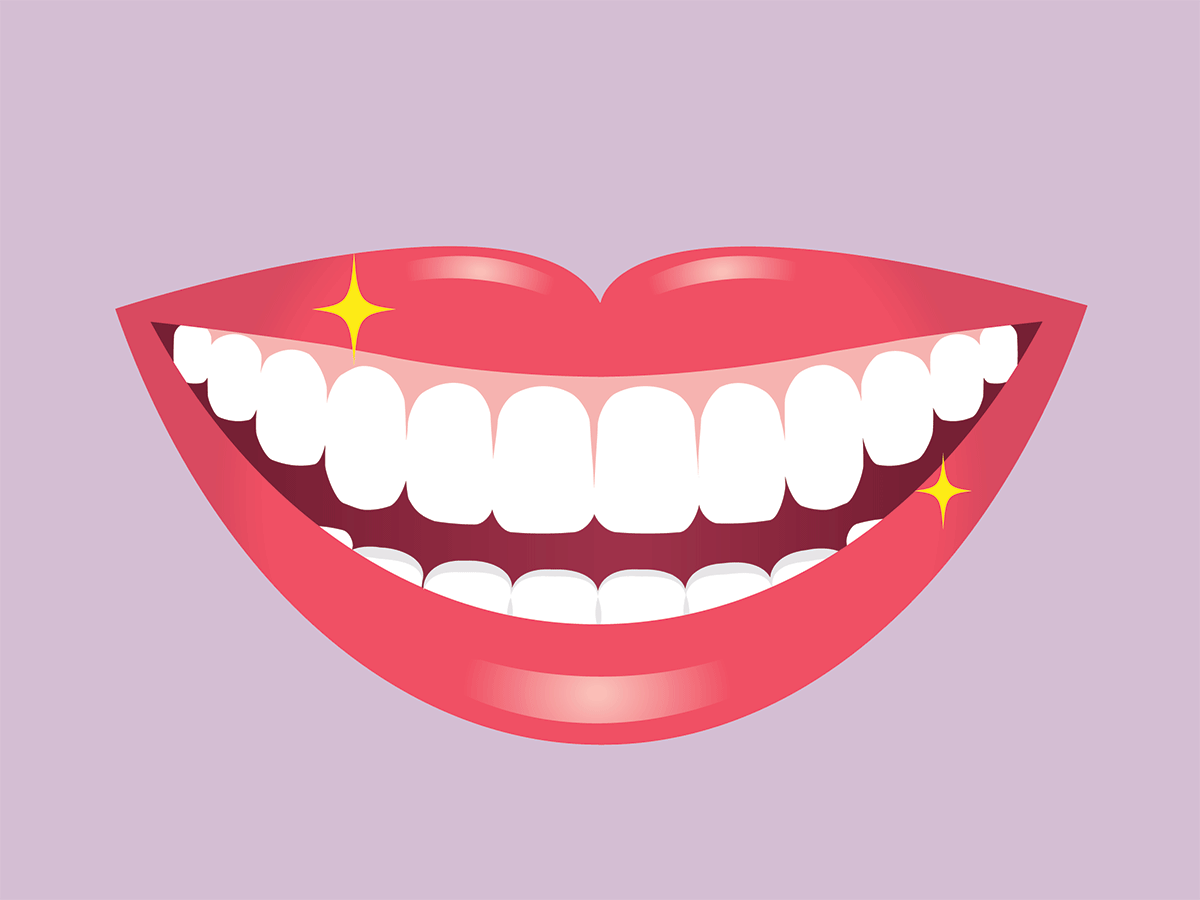
1. Going rogue with whitening
Don’t start bleaching your teeth until you’ve seen your dentist. She can determine if you’re a good candidate for whitening, and prep your mouth for the process. “The best time to bleach is right after a dental cleaning because the tooth’s surface is clean,” says Dr. Francine Albert, a prosthodontist in Laval, Quebec. A follow-up appointment a few weeks later will allow your dentist to see how you’re doing, and if you need a desensitizing agent such as a topical fluoride to alleviate any tooth sensitivity.
(Also, be sure to check out the secrets your dentist won’t tell you.)
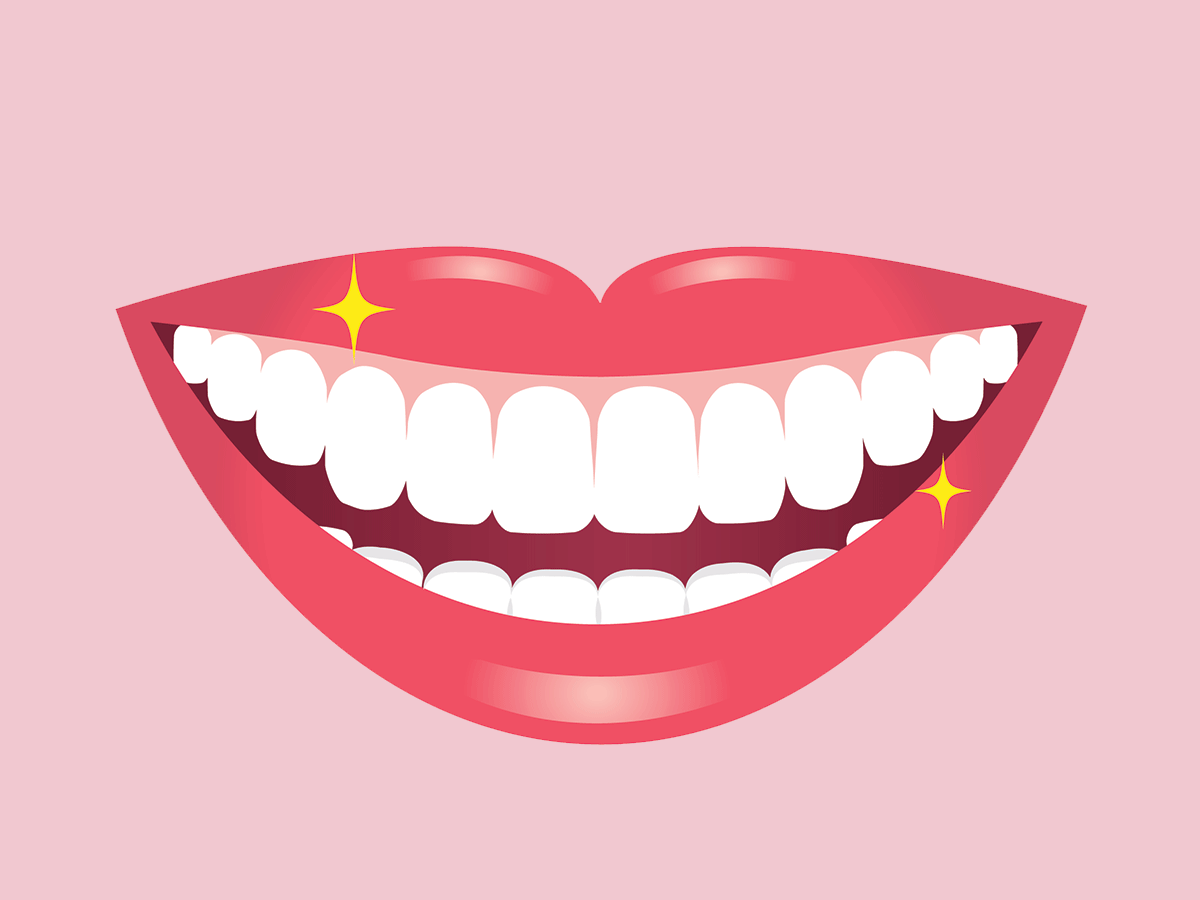
2. Skipping a customized dental tray
Forgoing a dentist’s tailor-made tray that fits perfectly over your teeth, and using a generic tooth guard can result in spilled, or swallowed whitening solution, disappointing results, and additional expense. “A customized tray provides a better fit,” says Dr. Albert. “The bleach is kept in contact with the teeth and can act properly instead of irritating the throat and gums.”
(Related: Check out what else dentists wish you knew about teeth whitening.)
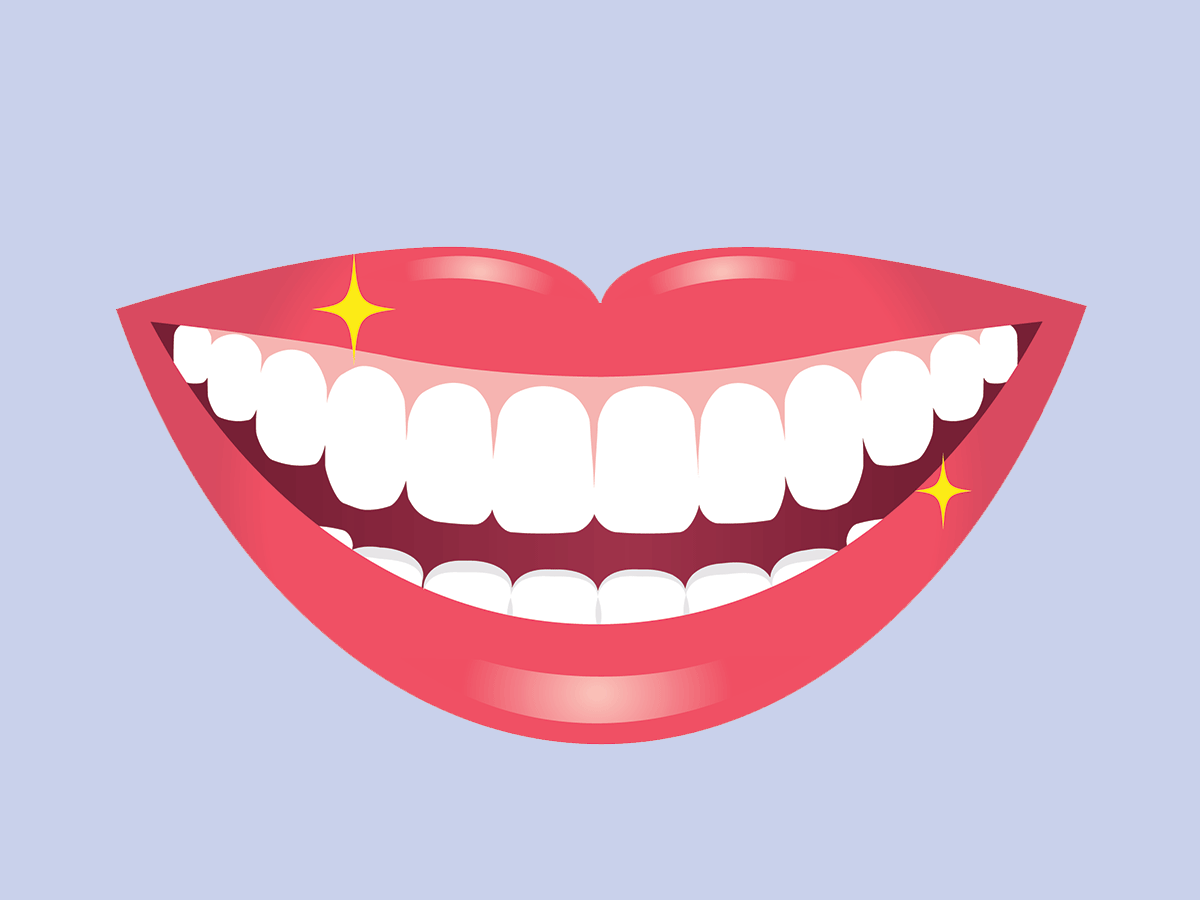
3. Having your teeth whitened at a salon
Your favourite esthetics salon might be the hot spot for a manicure or facial, but it’s not the best place for teeth whitening. “I see a lot of whitening products distributed through beauticians and salons,” says Dr. Albert. “A big worry is the disinfection of the equipment that’s being used to whiten teeth in these places.” Salons don’t typically own the proper tools to fully disinfect or sterilize teeth bleaching equipment, and estheticians don’t have the training required to ensure that whitening is done safely. Best to reserve salons for nails, facials and waxing only!
(Related: Here’s what dentists never put in their mouth.)
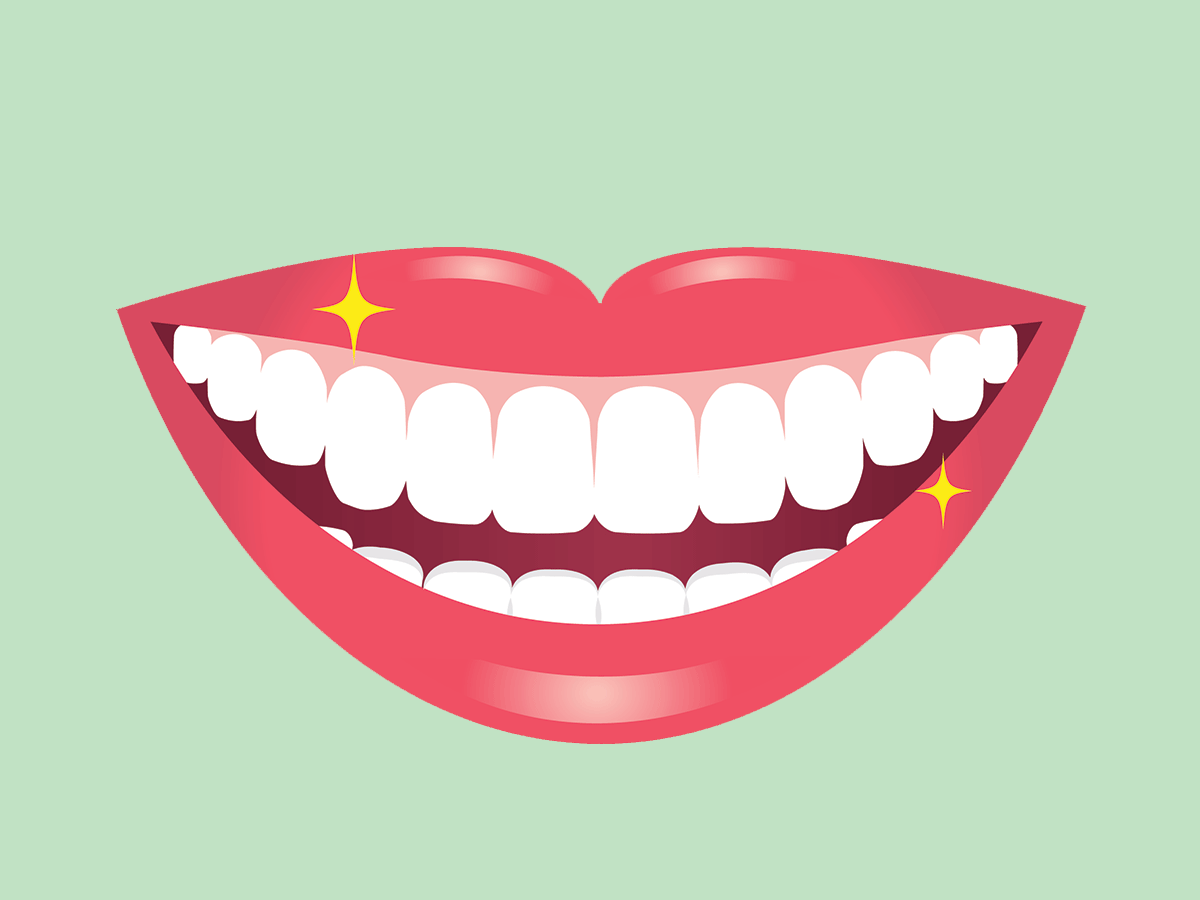
4. Using whitening toothpastes daily
Whitening toothpaste can remove light surface stains on teeth caused by tobacco, and staining foods such as coffee and tea, but using them daily can actually make your teeth look worse. “Whitening toothpastes can be too abrasive, and if you use them every day they can lead to severe tooth wear,” says Dr. Albert. Many of these products contain abrasive particles or a compound called silica that will detrimentally remove the surface enamel of your teeth if they’re overused. “They can lead to tooth sensitivity, and ugly looking teeth because you’ve worn them down,” she says.
(Related: Here’s how to reduce tooth sensitivity.)
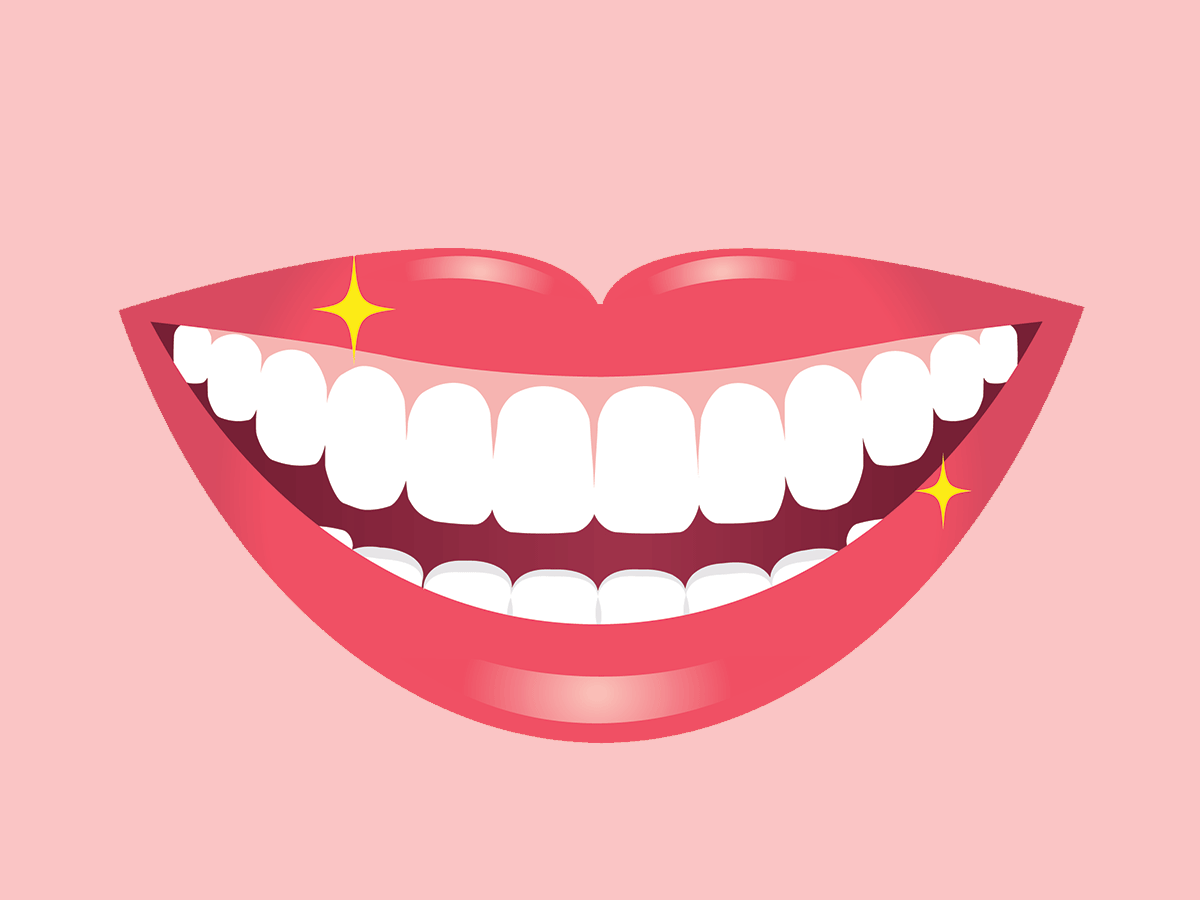
5. Assuming all teeth are the same
Do you know if it’s safe to bleach all of your teeth? “Some patients aren’t sure if they have porcelain crowns or veneers in their mouth. Applying whitening products to them can remove the surface glaze, or the shiny part of the restoration and make them look worse,” says Dr. Albert. Your dentist can tell you if you have these restorations in place, and provide advice on how to safely whiten the neighbouring teeth.
(Also, be sure to check out these mouth symptoms that require you to visit your dentist ASAP.)
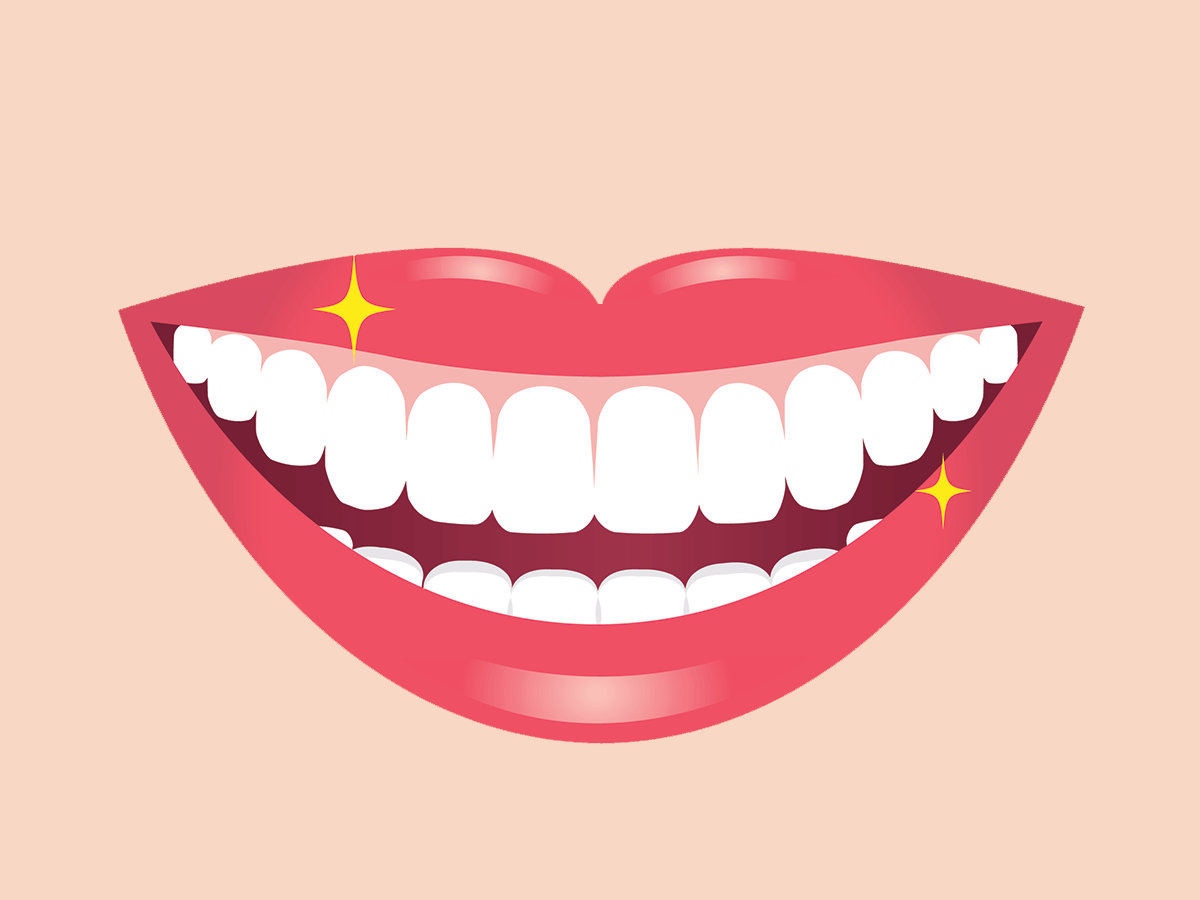
6. Buying whitening products online
Looking for a deal online for teeth whitening products? You might be saving some cash, but you could also be purchasing a product that’s ineffective, or not licensed for use in Canada. “I would be wary of anything that’s not approved by the Canadian Dental Association (CDA),” says Dr. Albert. Protect your investment and your smile by only purchasing whitening products that are approved for use in Canada. Look for the CDA logo to guarantee that the product is safe.
(Check out the teeth-cleaning mistakes that make dentists cringe.)
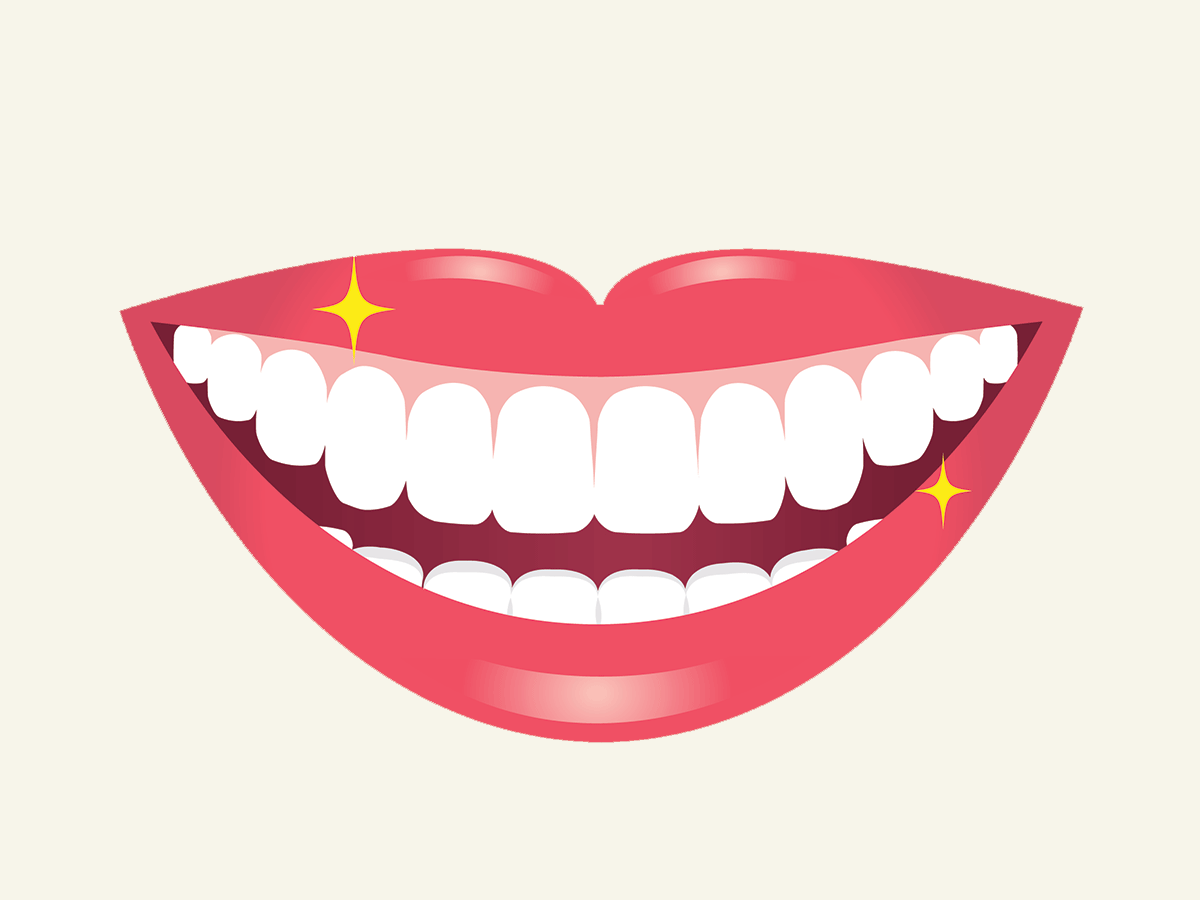
7. Not brushing or flossing beforehand
It seems to be a no brainer — brushing and flossing your teeth pre-whitening — but many people don’t! Plaque and bits of food left on your teeth can interfere with the brightening process. “If there’s any residue on your teeth, it will prevent the whitening product from seeping into the enamel and down to the stains of your teeth,” says Dr. Albert. Just make sure you don’t brush too hard, as it can lead to bleeding gums.
(Related: Here’s why your gums are bleeding.)
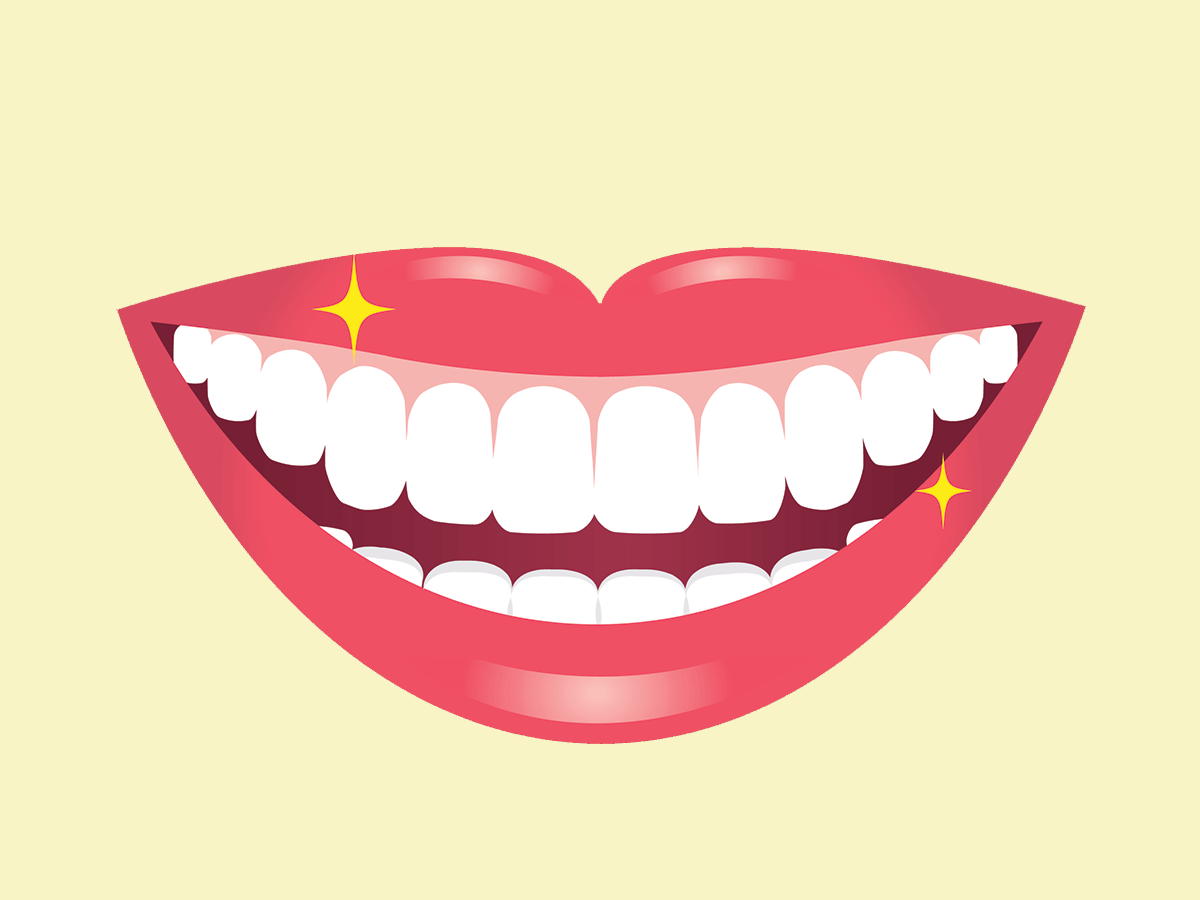
8. Not following directions
Keeping whitening strips on your teeth for too long can hurt your gums and cause unattractive bright splotches to appear. “There’s no real advantage of leaving them on longer. The bleaching effect won’t be better,” says Dr. Albert.
(Related: Here are some home remedies for sensitive teeth.)
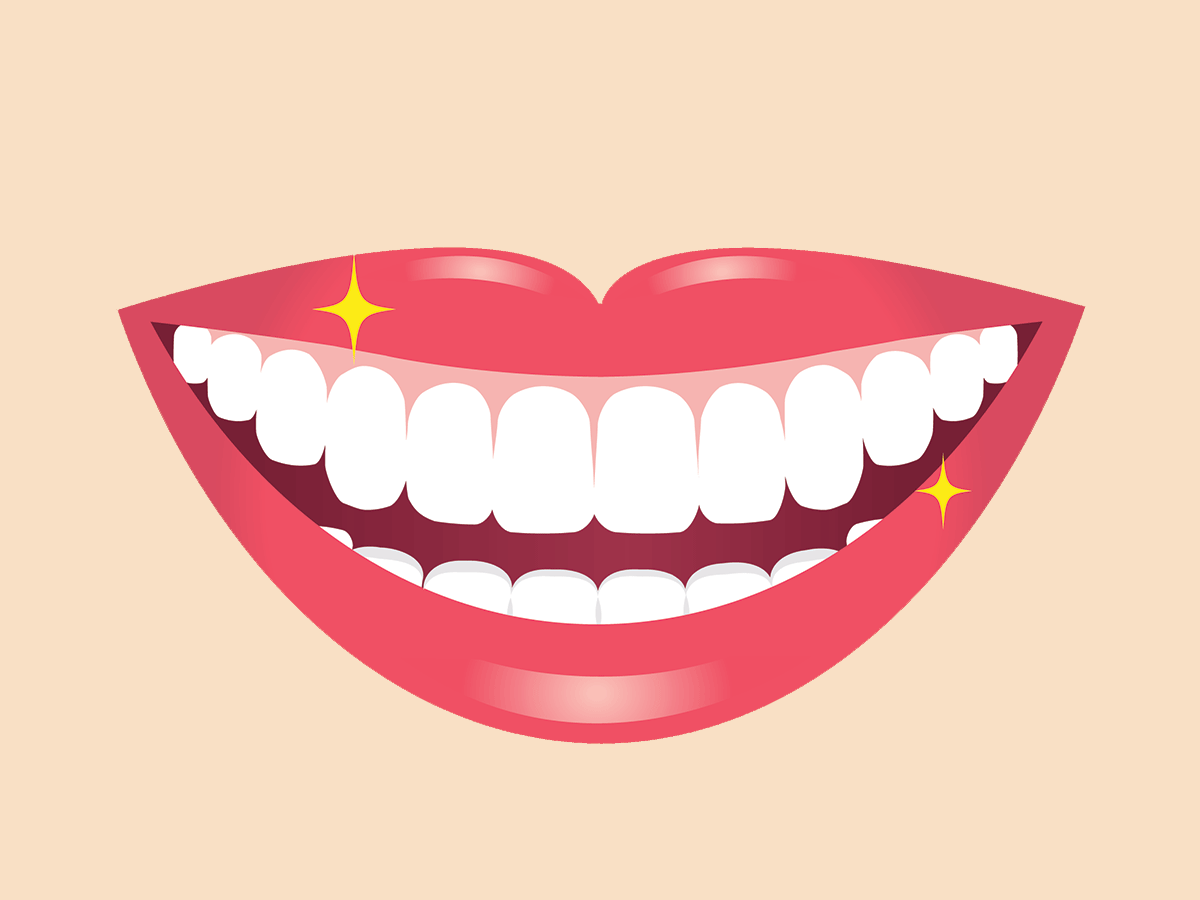
9. Eating while whitening
It’s not a good idea to eat, drink or smoke while you’re wearing whitening strips. You’ll disrupt the seal and cause food particles, or liquid to get in between the strip and your teeth causing an uneven bleaching effect. “The product will be diluted and won’t work as well,” says Dr. Albert.
(Related: I Tried a Charcoal Toothbrush to Whiten My Teeth—Here’s What Happened)
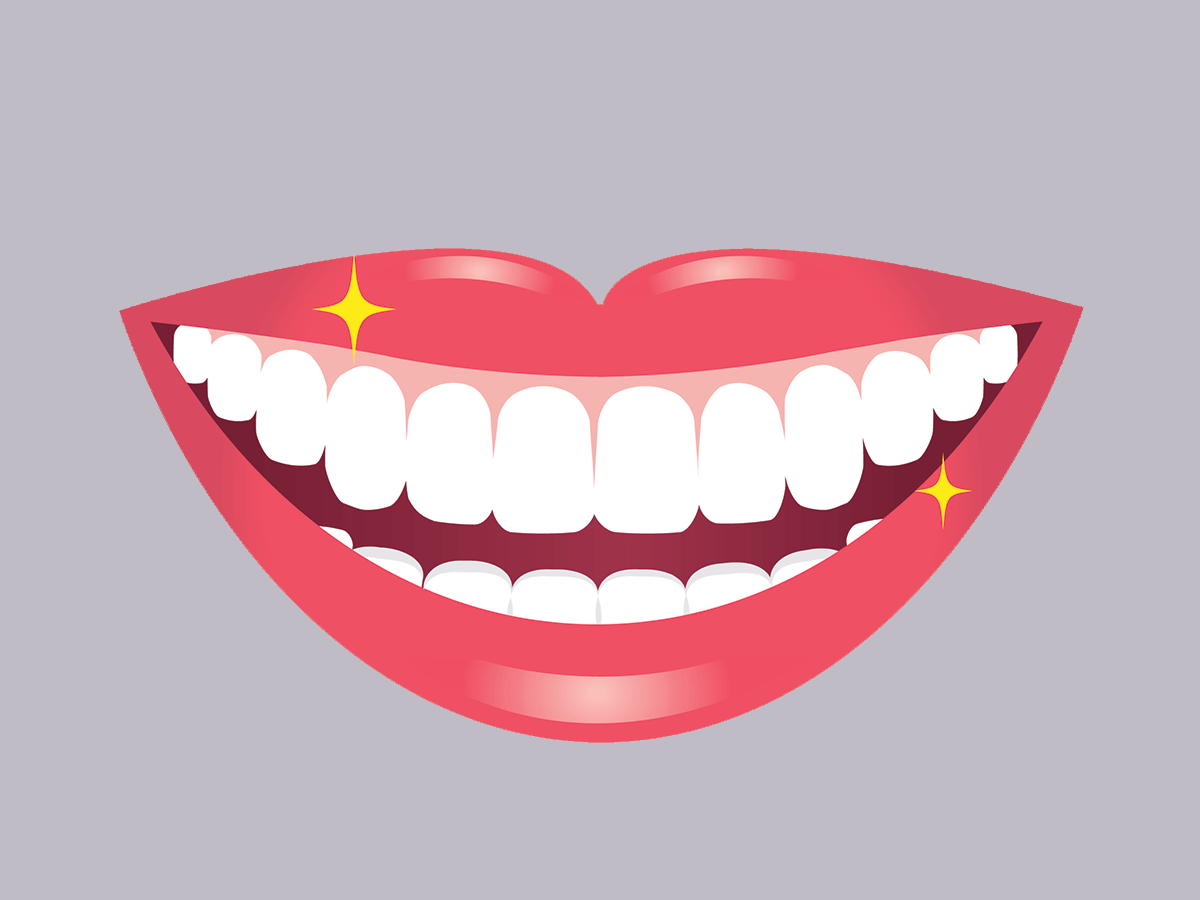
10. Getting hooked on whitening
Too much bleaching can result in a chalky appearance, a far cry from the dazzling, shiny white grin you’re hoping for! “Obsessed bleachers might get teeth that lose some vitality, and take on a blue-ish hue,” says Dr. Albert. “That’s why a professional needs to supervise the whitening process.” Checking in with your dentist can ensure that your bleaching doesn’t go too far.
Next, check out myths about mouthwash that may be hurting your health.
